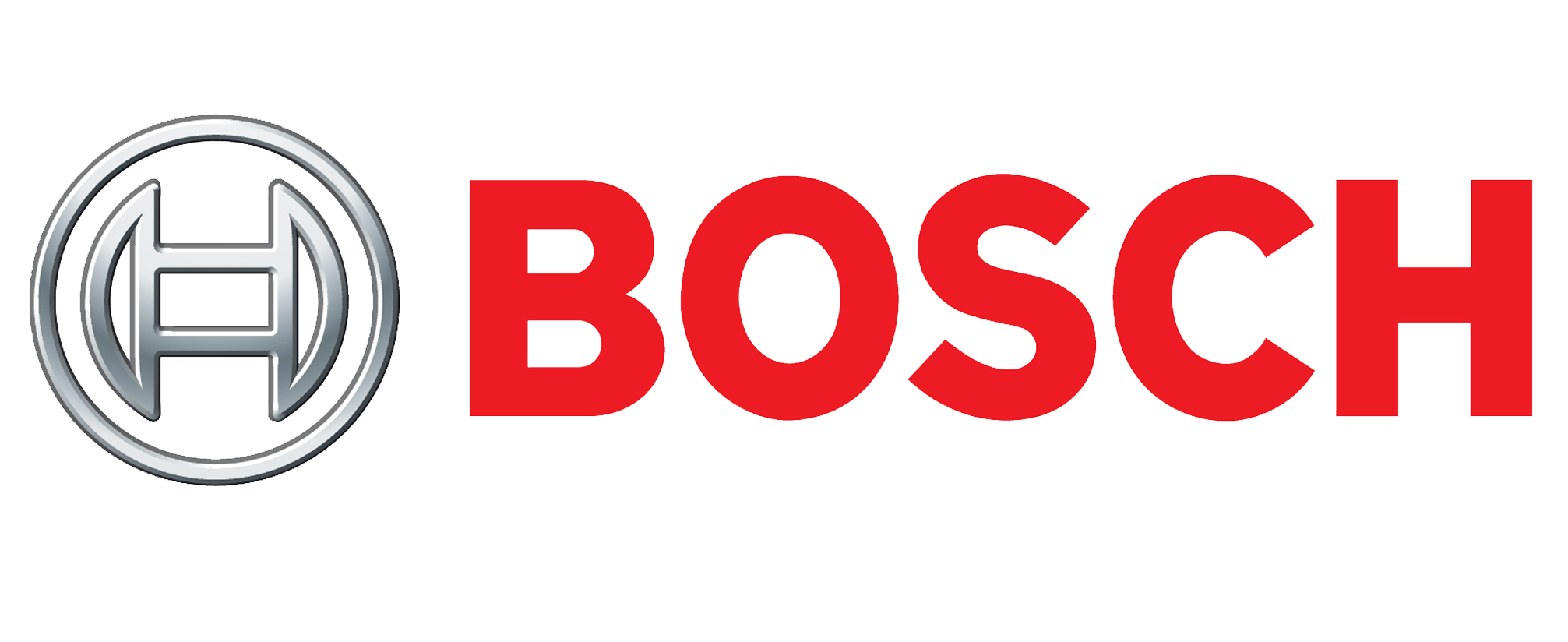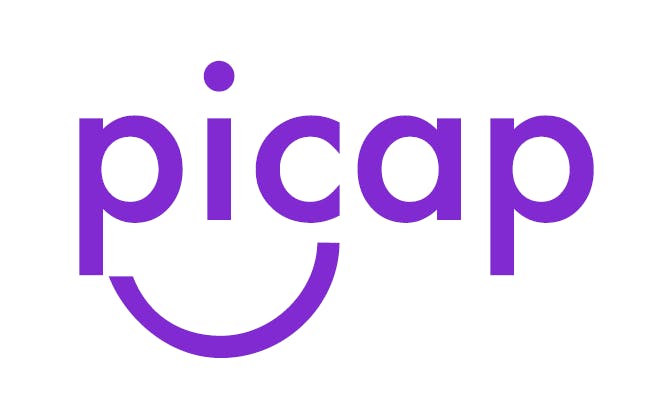Customer success stories
More than 47,800 customers have chosen to build the applications of today and tomorrow on MongoDB.
Ulta Beauty handles seasonal shopping demands with ease
To provide the best online customer experience possible, Ulta Beauty selected MongoDB Atlas to transform their legacy technology stack into a secure, scalable, and agile solution.
Bosch leverages MongoDB to unleash the power of IoT

With MongoDB Atlas, Bosch Digital helps the Bosch Group to harness the power of big data to improve automotive and electrical engineering and design futuristic solutions for industry.
Sanoma Scales Fast to Keep Learning Open
When the global pandemic struck, Sanoma was able to quickly scale its Bingel app from 1.5 million to more than 12 million learning exercises per day with MongoDB.
filter by:
Industry
Region
With MongoDB Atlas Vector Search, Scalestack uses AI to simplify go-to-market data and help customers unlock sales productivity and growth.
Read customer story →Brazilian fintech company makes the database behind ECM 4.8 times faster and 90% more cost-effective with MongoDB Atlas.
Read customer story →How this gaming giant’s fan dashboards help gamers to see, share, and strategize based on their performance.
Read customer story →
Picap utilizes MongoDB Atlas to streamline ride-sharing and logistics across Latin America.
Read customer story →This UK payment processing business built an agile new environment on MongoDB Atlas.
Read customer story →How this investment management company are leveling the playing field with MongoDB Atlas to give individuals the same opportunities to invest.
Read customer story →
When Evernorth, part of The Cigna Group, faced challenges managing data, they turned to Atlas for a seamless migration to microservices.
Read customer story →useful resources